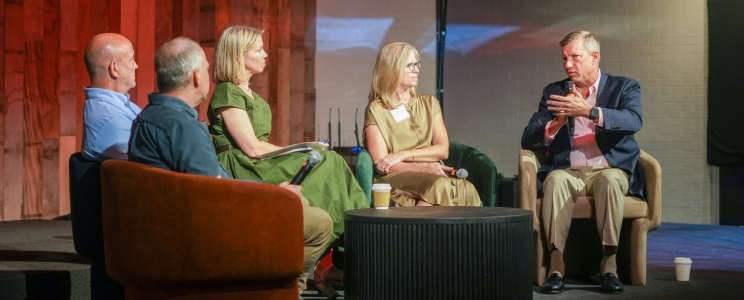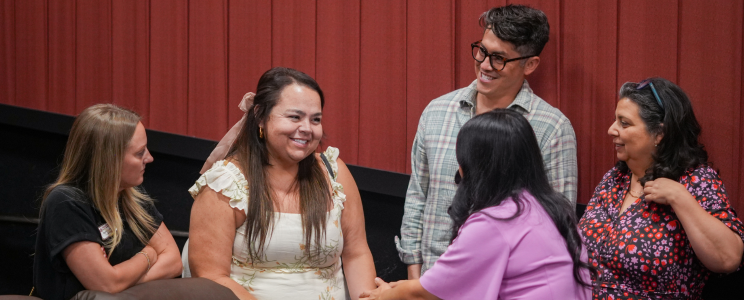At Austin Community Foundation, we take the guesswork out of charitable giving so you can focus on doing the most good in Central Texas. With the passage of the One Big Beautiful Bill Act (OBBBA), many donors are asking how the changes affect their giving in 2025 and beyond.
We’ve provided key takeaways to help you understand and navigate these new tax laws.
1) Higher standard deduction & new itemizer rules
What changed?
For donors who itemize, the new law makes several significant changes that alter the value and structure of their charitable deductions.
- The higher standard deduction is now permanent: $15,750 (single) and $31,500 (married filing jointly) for 2025.
- If you itemize, your charitable deductions only count to the extent they exceed 0.5% of your Adjusted Gross Income (AGI). For the top tax bracket, the charitable deduction is effectively capped at 35% rather than 37%.
- The existing 60% AGI limit for cash gifts to certain public charities is now permanent.
What this means for you
Fewer households will itemize, so many people won’t see a tax benefit for every gift. That doesn’t lessen your impact.
If you have a DAF at ACF, the deduction occurs when you contribute to your fund, not when you recommend grants. Consider “bunching” contributions in the years you plan to itemize. Bunching means concentrating two or more years of charitable gifts into a single tax year so that your total itemized deductions exceed the standard deduction that year.
Example: If you typically give $12,000 each year, but your other deductions don’t exceed the standard deduction, you could contribute $36,000 (three years of giving) to your ACF donor-advised fund in 2025. You’d likely itemize in 2025, then take the standard deduction in subsequent years while continuing to recommend grants on your regular schedule. Your giving stays steady, and the timing of the tax deduction works in your favor.
2) A new deduction for non-itemizers
What changed?
- Beginning in 2026, taxpayers who do not itemize can deduct up to $1,000 (single) or $2,000 (married filing jointly) for charitable donations.
- Gifts to donor advised funds (DAFs) do not qualify for this non-itemizer deduction.
What this means for you
If you don’t itemize, this gives you a small, permanent deduction for direct gifts to charities.
However, if you have a DAF at ACF, think of it this way:
- Use your DAF for larger, strategic, or appreciated asset gifts. Make modest direct gifts to your favorite nonprofits to take advantage of the non-itemizer deduction when it begins.
3) Strategies that still work
While many things have changed, a lot of charitable strategies remain the same.
Appreciated stock continues to be a tax-savvy gift to charity. Contributing appreciated assets to your DAF at ACF can help you avoid capital gains and increase your charitable capacity.
IRAs are a powerful planning tool. Naming a fund at ACF as the beneficiary of your IRA can avoid estate and income taxes, often increasing what ultimately supports charity.
If you’re 70½ or older, you can make a Qualified Charitable Distribution (QCD)—up to the current annual limit (2025’s per-taxpayer limit is $108,000)—directly from your IRA to a qualified charity. QCDs cannot give to DAFs but they can support other fund types. Our team can help you determine eligible options.
We’re here to help
No matter what’s changed in the law, your giving continues to power meaningful work in our community—and our team is here to help you give with confidence and clarity. If you have questions or need support, contact heretohelp@austincf.org or call us at 512.472.4438.
This article is provided for informational purposes only and is not intended as legal, accounting, or financial planning advice. Please consult your tax advisors about your specific situation; we’re happy to partner with them.


